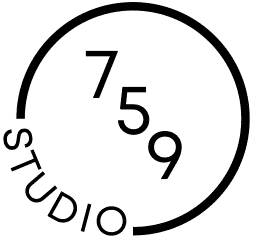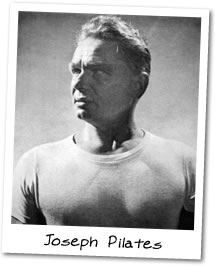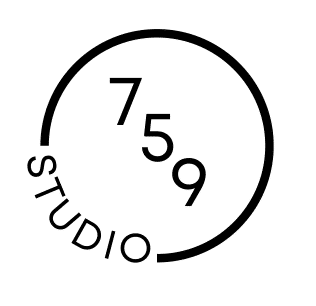Today I want to talk about the history of Pilates. It is important to fully understand the origin of this exercise. It is very unique and different because its main purpose was not weight loss. Instead it was overall health and rehabilitation.
Joseph Pilates was born in Germany in 1883. He suffered from rickets, asthma and rheumatic fever. His mother was a naturopath, so she believed in holistic and natural remedies for healing. And his father was a Greek gymnast. Therefore, it is not surprising that he turned to exercise and self help to overcome his own health issues. He developed a system of exercises that focused on the Greek ideal of a man balanced in body, mind, and spirit. It was originally called “Contrology.”
In 1912, Joe went to England and worked as a circus performer, boxer, and self defense instructor for detectives at Scotland Yard. When WW1 broke out, he was interned with other German nationals. During this time, he perfected his exercises and trained other interns. He started work as an orderly in a hospital and would attach springs to hospital beds to allow bedridden patients to move their limbs and work with resistance. This eventually led to the invention of his equipment such as the Reformer, Cadillac, Chair, and others. His method was praised as his practitioners noticed a difference in their bodies as well as their immune systems with the help of proper breathing and alignment.
Eventually, in 1926 Joe emigrated to the United States. He met his wife Clara and together they opened up a fitness studio in New York that just so happened to be in the same building as the New York City Ballet. He would treat injured ballerinas, and work to strengthen their bodies and increase their skill. By this time, his practice became known as “Pilates,”
As Joe and Clara’s studio grew in fame, so did Pilates. Some of their most dedicated students became teachers themselves and so the Pilates work passed on to a new generation. As the exercise has evolved, the principles remain…breath, concentration, centering, control, precision, and flow.
Now that you know a little more about it, put Pilates to the test. See what can happen if you implement this form of exercise and the key principles into your own life. Let’s begin the healing process together.
“Not only is health a normal condition, but it is our duty to not only to attain it but to maintain it.” – Joseph Pilates
Have a great weekend!
-Jennie


